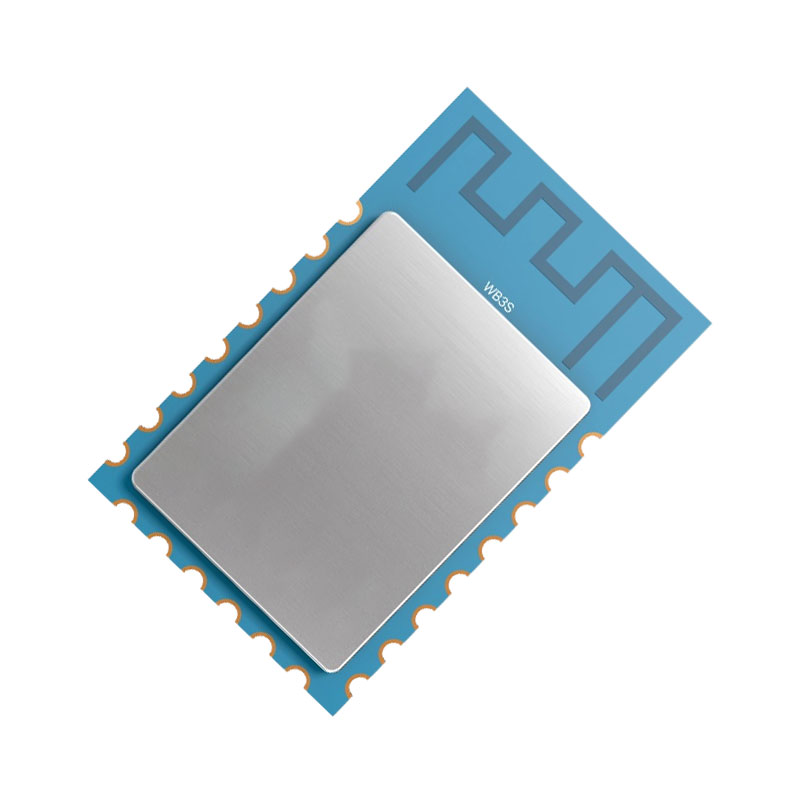Radio Frequency Identification (RFID) and Internet of Things (IoT) are both revolutionary technologies that have transformed the way we interact with and manage objects in our everyday lives. While they both contribute to the realm of connectivity, they possess distinctive characteristics and functions that set them apart from each other.

RFID is a technology that uses radio waves to identify and track objects. It typically consists of tags, which are attached to objects and emit radio signals, and readers, which capture and process those signals. RFID systems are primarily used for object identification and tracking.
In contrast, IoT refers to the network of interconnected devices that have the ability to collect and exchange data via the internet. These devices can range from smartphones and wearables to household appliances and industrial machinery. IoT facilitates data sharing and enables automation and remote monitoring.
Therefore, the fundamental distinction lies in the fact that RFID is a specialized technology for identification and tracking, while IoT is a broader concept encompassing various devices and technologies that enable data exchange and communication.
RFID technology is focused on capturing and processing individual object data. It provides real-time information about the location and status of tagged items. RFID systems are commonly used in supply chain management, inventory control, and access control applications.
Conversely, IoT devices are capable of collecting and processing a wide range of data beyond mere identification. These devices can measure environmental conditions, monitor energy consumption, and gather user behavior patterns. The collected data is processed and analyzed to derive actionable insights for decision-making.
Therefore, the key distinction lies in the fact that RFID primarily focuses on object identification and location tracking, while IoT emphasizes data collection, analysis, and leveraging insights for improved operations and decision-making.
RFID systems operate on a relatively smaller scale, typically limited to a specific area or premises. They require close proximity between the tags and readers for effective communication. RFID technology is commonly employed in applications such as inventory management in retail stores or tracking baggage in airports.
On the other hand, IoT operates on a larger scale, encompassing multiple interconnected devices and systems across various locations. IoT devices utilize a diverse range of communication protocols such as Wi-Fi, Bluetooth, or cellular networks to transmit data. This enables seamless connectivity and communication across different devices and platforms.
Hence, unlike RFID, IoT offers a broader scope of connectivity and enables seamless data exchange and integration across numerous devices and systems on a global scale.
Although both RFID and IoT contribute to the realm of connectivity, they possess unique characteristics and applications. RFID technology primarily focuses on object identification and tracking, while IoT encompasses a broader concept of interconnected devices and data exchange. While RFID excels in real-time object tracking, IoT devices collect diverse data and enable data-driven decision-making on a larger scale. Understanding the differences between these technologies empowers organizations to choose the most suitable solution based on their specific requirements.
 Trolink Joint With Tuya to Make Iot Benefit Every Family
Trolink Joint With Tuya to Make Iot Benefit Every Family
 WiFi モジュールを選択するために知っておくべき 5 つの主要な指標 !
WiFi モジュールを選択するために知っておくべき 5 つの主要な指標 !
 IOTモジュールはスマート製品の頭脳です
IOTモジュールはスマート製品の頭脳です
 What is the signal coverage range of the WiFi module chip?
What is the signal coverage range of the WiFi module chip?